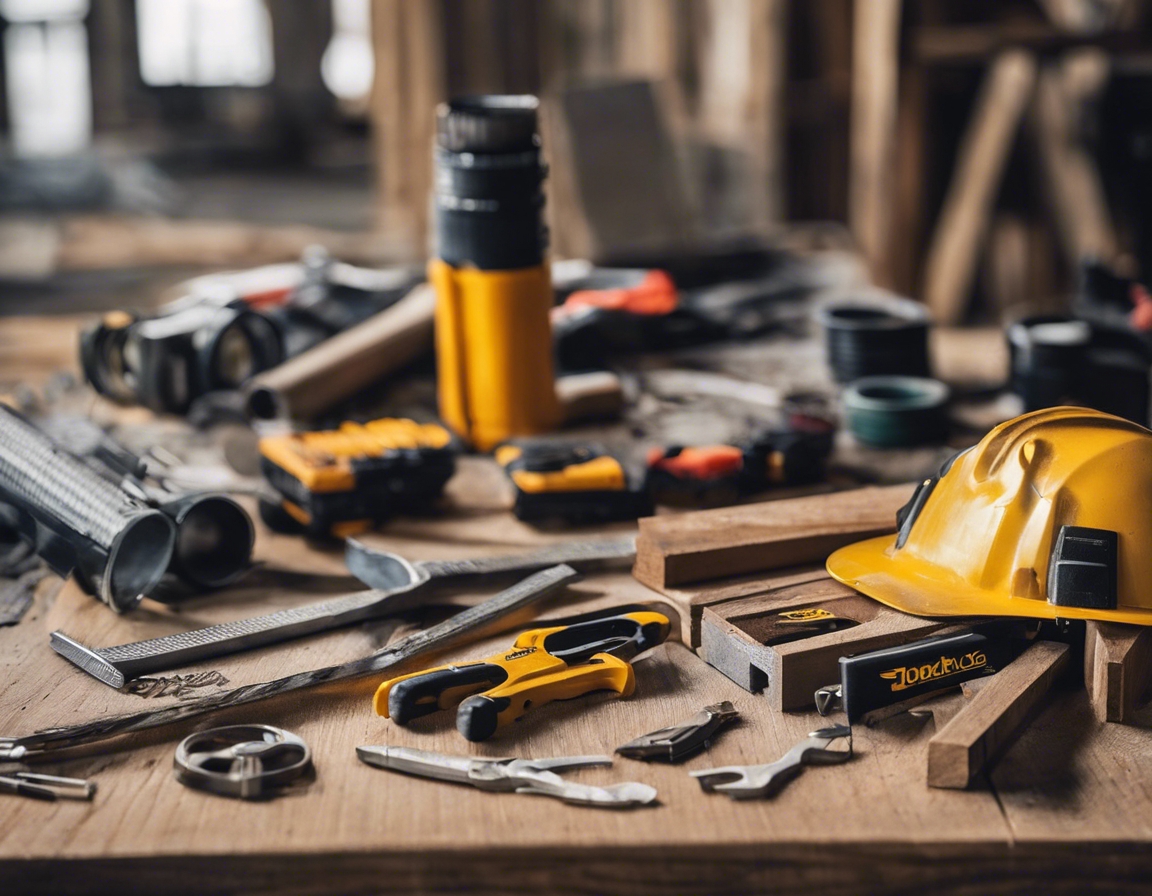How to choose the right repair materials for your project
Before diving into the selection of repair materials, it's crucial to thoroughly assess the scope of your project. This includes understanding the size, complexity, and specific challenges you might face. Whether you're repairing a small crack in a wall or undertaking a large-scale renovation, the scope will dictate the type and quantity of materials needed.
Each repair project comes with its own set of requirements. Factors such as load-bearing capacity, exposure to elements, and aesthetic considerations will influence your choice of materials. It's important to identify these requirements early on to ensure the success of your project.
Types of Repair Materials
Adhesives and sealants are essential for tasks such as bonding materials and sealing joints. They come in various formulations, each designed for specific applications. Understanding the properties of different adhesives and sealants will help you choose the right one for your project.
Concrete and mortar are fundamental for structural repairs and masonry work. The right mix can make a significant difference in the strength and longevity of your repairs. It's important to select a product that matches the performance requirements of your project.
Waterproofing is critical for protecting structures from water damage. A range of materials, from membranes to coatings, is available to address various waterproofing needs. Selecting the appropriate waterproofing solution is key to ensuring long-term protection.
Wood and metal surfaces often require specialized repair materials to address issues like rot, rust, and structural damage. Products designed for these materials can restore their integrity and extend their lifespan.
Factors to Consider When Selecting Materials
Choosing materials that are compatible with the existing structure is vital to prevent future problems. Incompatibility can lead to poor adhesion, material degradation, and other issues that compromise the repair.
The durability and performance of repair materials are directly related to the longevity of the repair. High-quality materials can withstand environmental stresses and wear, ensuring that repairs last as long as possible.
Environmentally conscious choices are increasingly important in the construction industry. Selecting materials with a lower environmental impact and sustainable sourcing can contribute to greener building practices.
While cost should not be the only factor in your decision-making process, it is an important consideration. Balancing quality with affordability ensures that you get the best value for your investment.
Quality and Certification
Repair materials should meet certain standards and compliance requirements to ensure safety and effectiveness. Certifications can provide assurance that the products you choose are up to industry standards.
The reputation of a manufacturer and the reviews of their products can be a good indicator of quality. Researching and selecting reputable brands can save you from future headaches.
Working with Suppliers
Working with a trusted supplier like SILIKAAT AS can provide you with access to high-quality materials and expert advice. Establishing a good relationship with your supplier can lead to better service and support for your projects.
When selecting a supplier, consider their product availability and delivery options. A supplier that can provide a consistent supply of materials and flexible delivery can be a valuable partner in your construction or repair projects.





Comments (0)